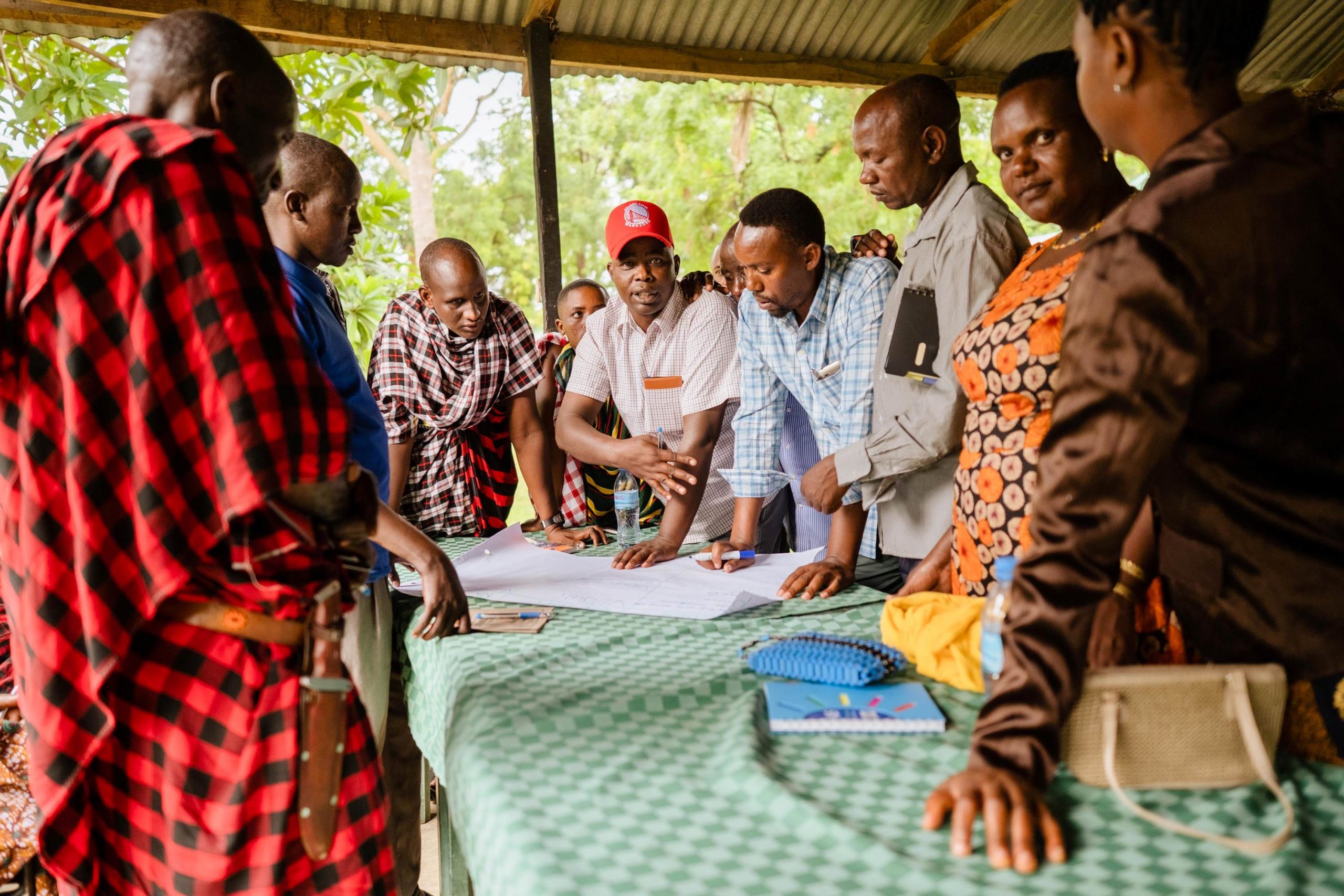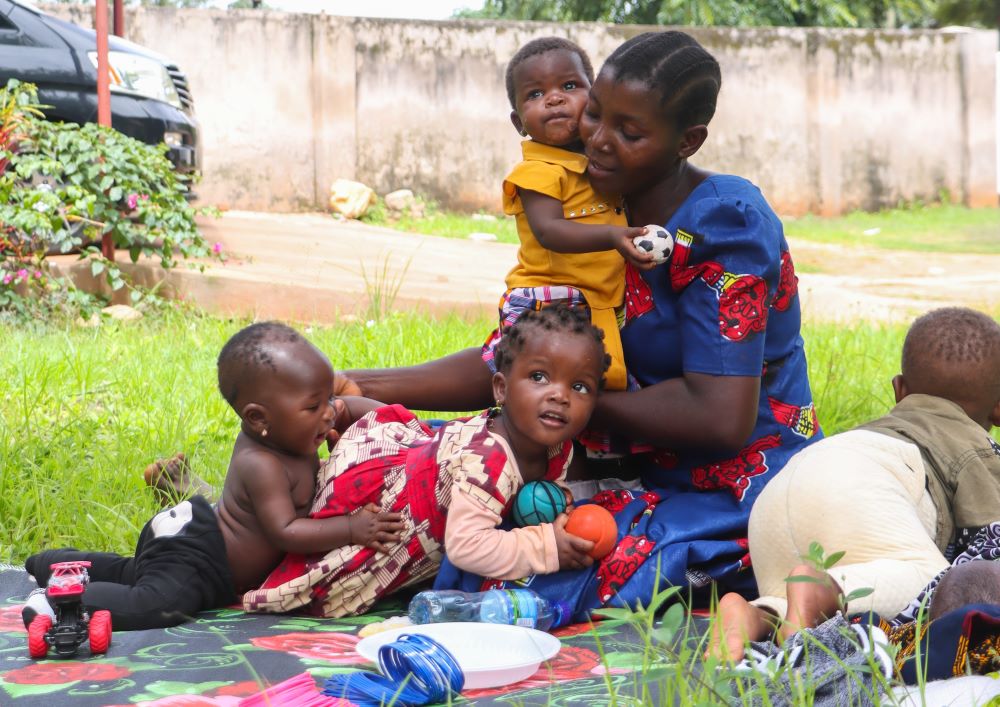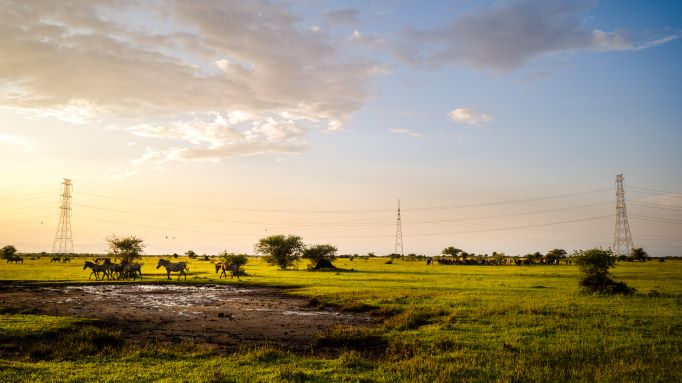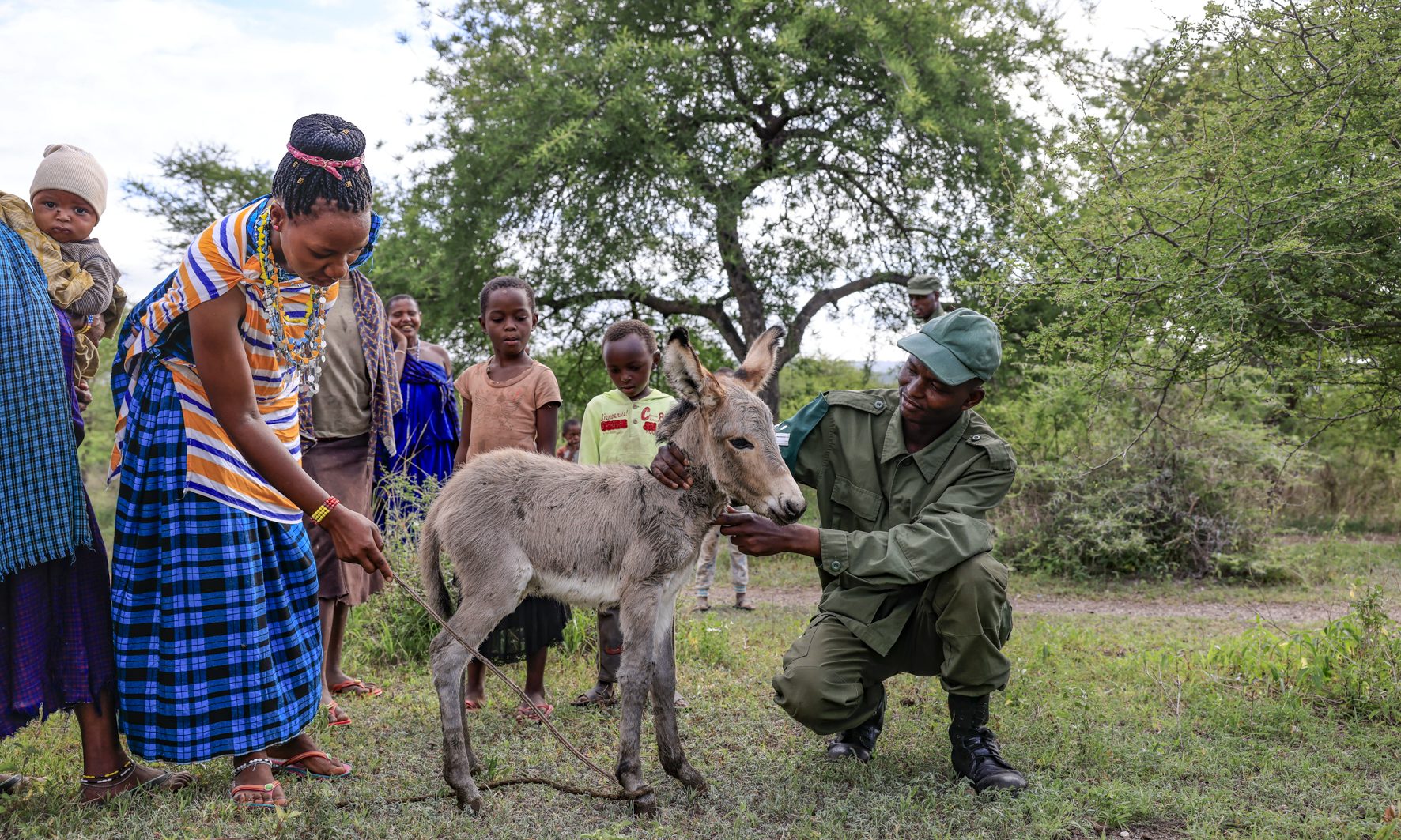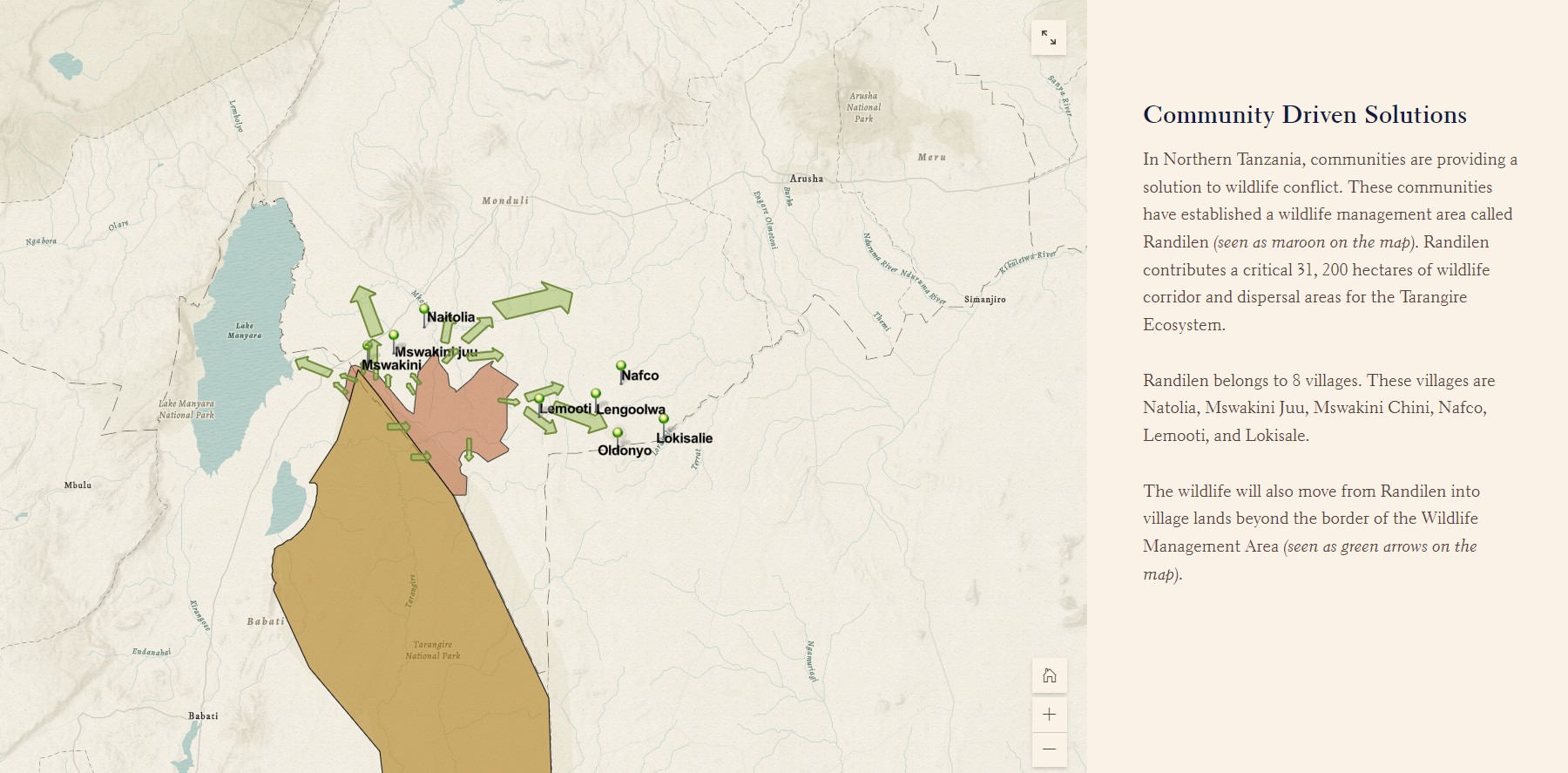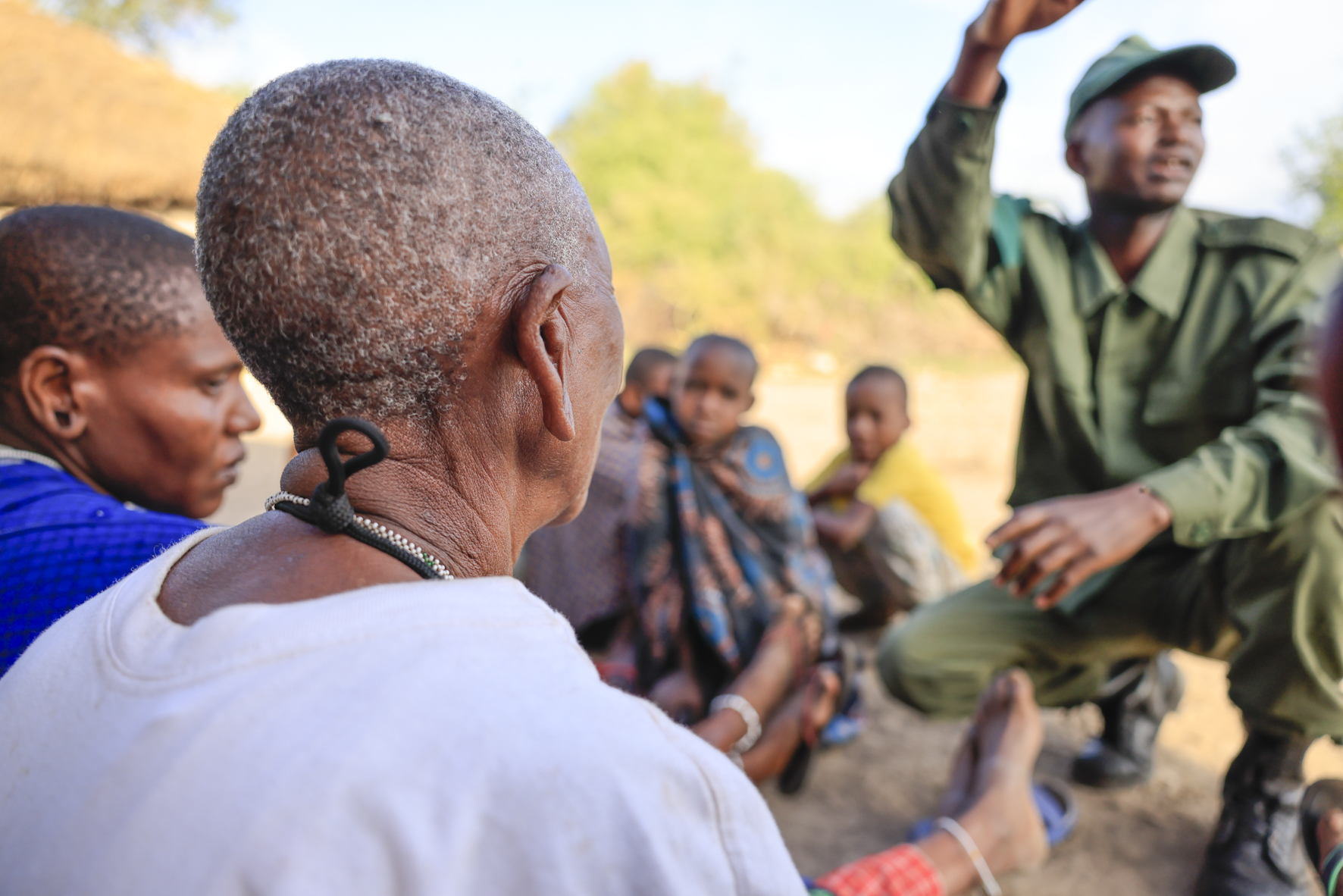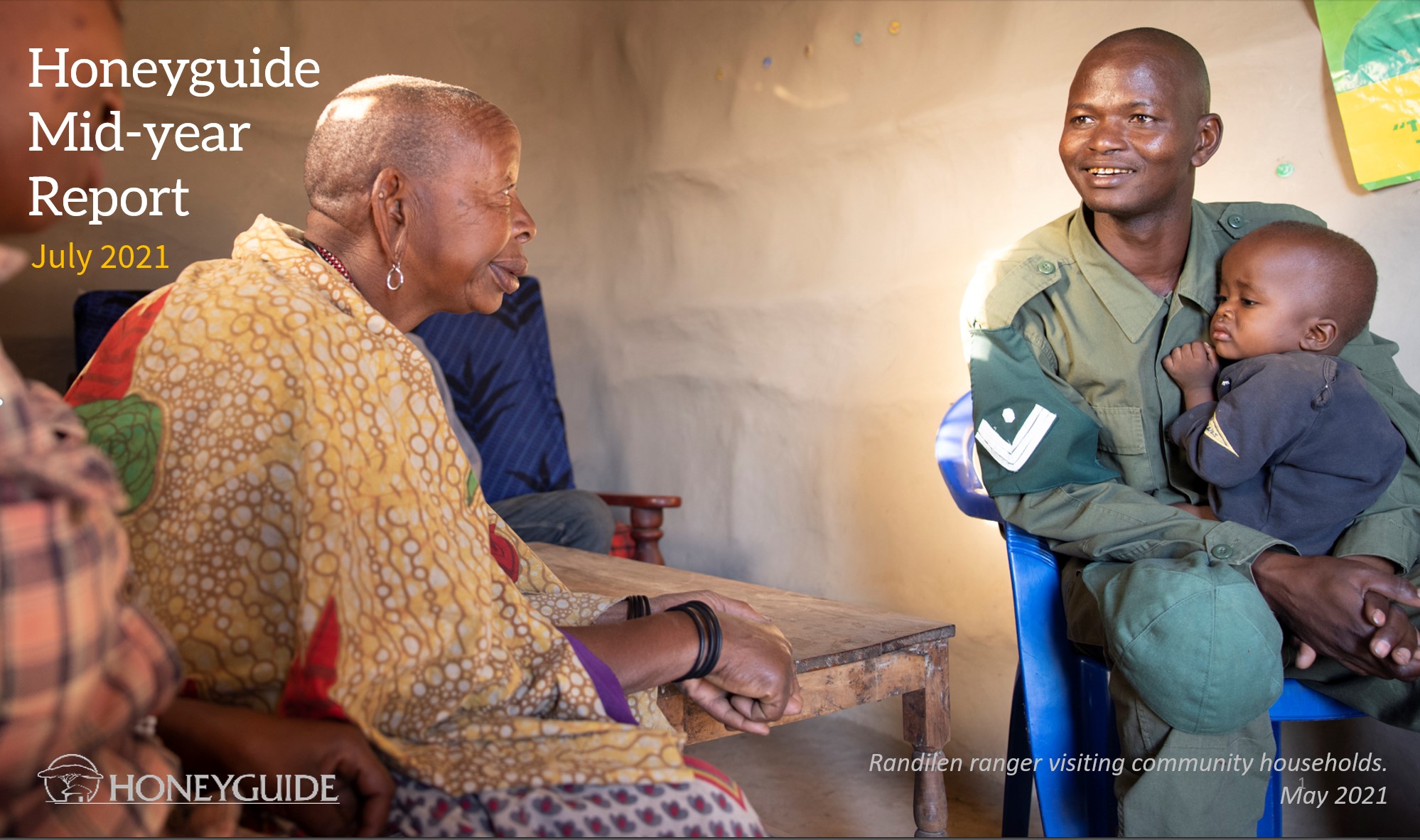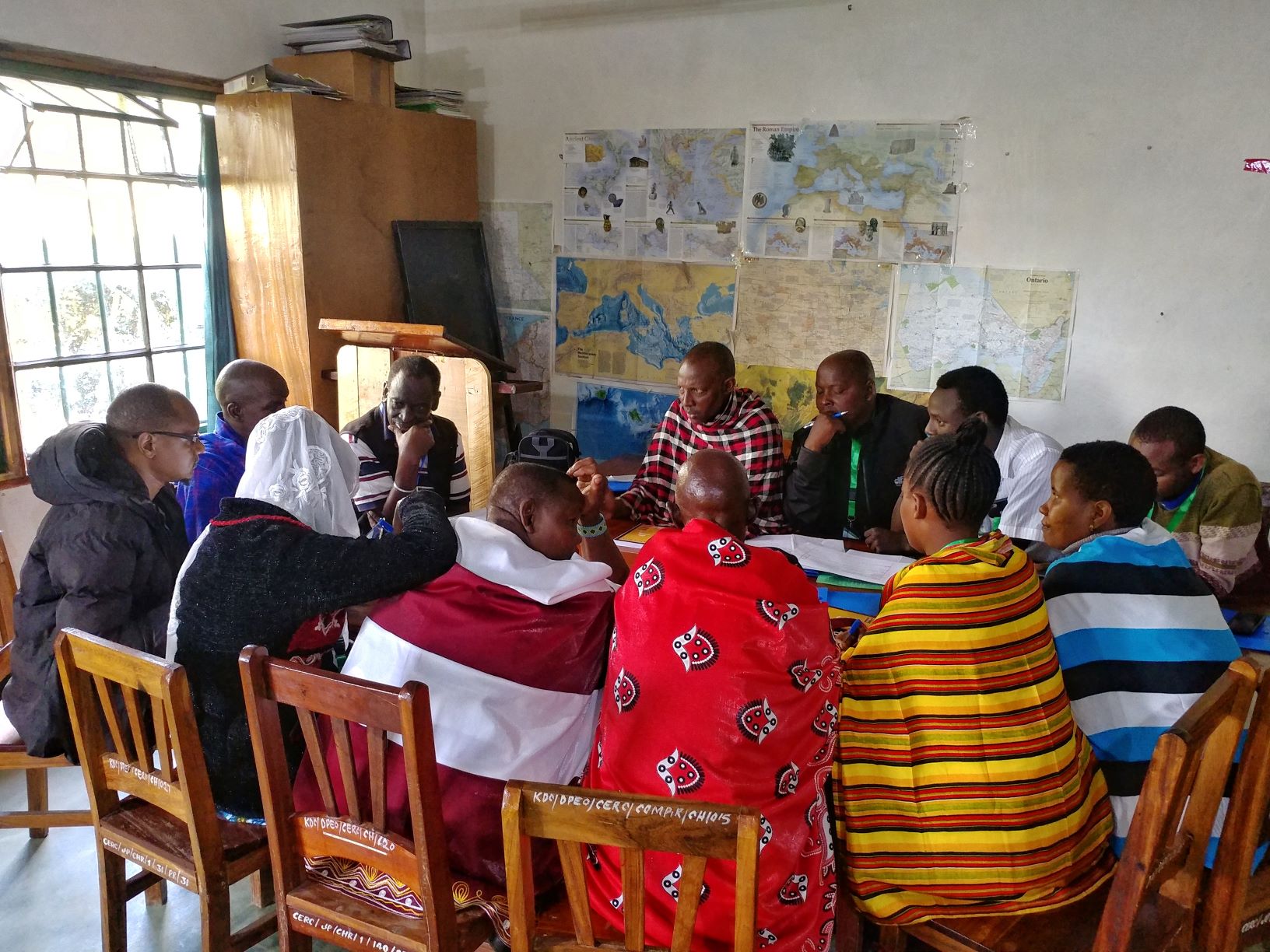Communities have the capacity to manage big businesses
It is too common to hear, ‘Local communities do not have the skills to manage conservation areas.’ This might be somewhat true, but shouldn’t we question why this is still the situation and what’s being done to change it? Local community members are perfectly competent, and we should focus our investments here, beyond the

